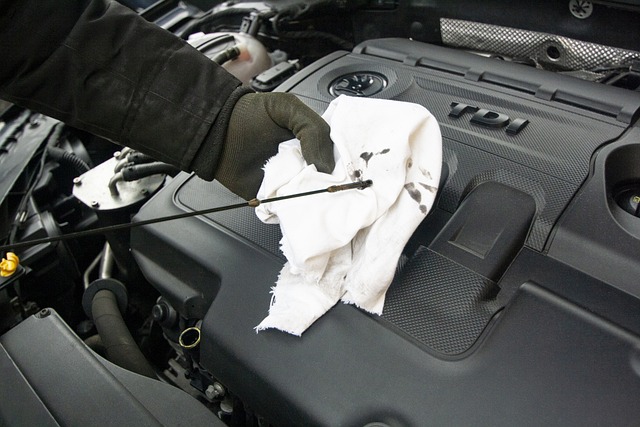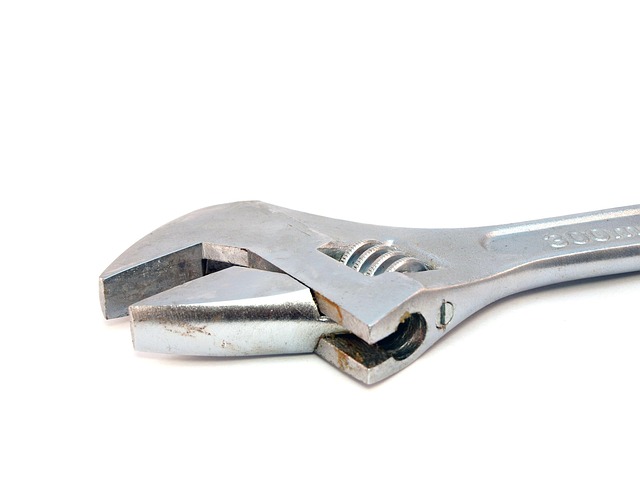The Mercedes Tire Pressure Monitor (TPMS) is a safety feature that constantly checks tire pressure, enhancing fuel efficiency, handling, and safety. Regular resets are vital for its accuracy, typically done through the control module or tools. Resets become necessary after body work, tire changes, or spec modifications, ensuring optimal vehicle performance, tire longevity, and preventing costly repairs. The reset process is straightforward: connect a tool to the diagnostic port, initiate the reset, wait for the self-test, and drive at 15mph for calibration. Regular maintenance avoids issues like reduced handling, increased fuel consumption, and irregular tire wear patterns that might require frame straightening or paintless dent repair.
“Uncover when and how to perform a Mercedes tire pressure monitor reset—a crucial maintenance task for optimal vehicle performance. The Mercedes Tire Pressure Monitor System (TPMS) ensures each tire maintains the recommended PSI, enhancing safety and fuel efficiency. This guide delves into common scenarios demanding a reset, provides a step-by-step process for performing it, and highlights when to initiate this simple yet vital service, ensuring your Mercedes’ TPMS functions at peak efficiency.”
- Understanding Mercedes Tire Pressure Monitor System
- When to Initiate a Reset: Common Scenarios
- Step-by-Step Guide for Resetting Tire Pressure Sensors
Understanding Mercedes Tire Pressure Monitor System

The Mercedes Tire Pressure Monitor (TPMS) system is a sophisticated technology designed to ensure optimal vehicle performance and safety. It continuously monitors tire pressure and alerts drivers through dashboard indicators when pressure deviates from recommended levels. This system plays a crucial role in preventing car damage repair by identifying underinflation, which can lead to reduced fuel efficiency, compromised handling, and increased risk of accidents. By maintaining proper tire pressure, you not only extend the life of your tires but also contribute to overall vehicle stability and control.
Understanding how this system works is essential for drivers to know when a Mercedes tire pressure monitor reset might be necessary. The TPMS uses sensors embedded in each wheel to transmit pressure data to the car’s computer, which then displays the information on the dashboard. Regular resets are required to ensure accurate readings and maintain the system’s efficiency. These resets can typically be performed through the vehicle’s control module or with specialized tools, allowing drivers to keep their cars in top condition and avoid potential auto glass repair or car body shop visits due to TPMS-related issues.
When to Initiate a Reset: Common Scenarios

Many Mercedes owners often wonder when to perform a Mercedes tire pressure monitor reset. The decision to initiate a reset is typically driven by specific scenarios where the system may have become inconsistent or inaccurate. One common reason is when there has been recent auto body work, such as wheel replacements or repairs, which can disrupt the sensor readings. In these cases, a reset helps re-calibrate the system to ensure accurate pressure monitoring.
Another scenario involves tire services, where new tires or those that have been serviced (including rotations and pressures) might require a reset to synchronize with the updated specifications. This is crucial for maintaining optimal vehicle performance and safety, especially during long road trips or in varying weather conditions. Regularly checking tire pressure and performing resets as needed are integral parts of vehicle maintenance routines, ensuring both the longevity of your tires and the overall safety of your Mercedes.
Step-by-Step Guide for Resetting Tire Pressure Sensors

Performing a Mercedes tire pressure monitor reset is straightforward and can be done by following these simple steps. First, ensure your vehicle’s engine is off and all doors are closed. Locate the tire pressure monitoring system (TPMS) control module, usually found in the dash or under the steering wheel. Next, using a TPMS reset tool or even a basic OBD-II scanner, connect it to your vehicle’s diagnostic port. Initiate the reset process from the scanner or tool, and wait for the system to complete its self-test routine.
Once the test is finished, all tire sensors should show as ‘OK’ on your instrument cluster. Now, simply drive your Mercedes at a steady speed of at least 15 mph for about 10-15 minutes to allow the sensors to calibrate and transmit accurate pressure readings. This step-by-step process is an easy way to keep your vehicle’s tire pressure monitoring system functioning optimally, ensuring both safety and fuel efficiency. Remember, regular checks and resets can prevent potential issues related to underinflated tires, such as reduced handling, increased fuel consumption, and even frame straightening or paintless dent repair needs due to irregular wear patterns.
The Mercedes tire pressure monitor (TPMS) system is a vital safety feature, and understanding when to perform a reset is crucial. By initiating a TPMS reset at the right time, you can ensure optimal performance and maintain the integrity of your vehicle’s handling. Whether it’s after replacing tires, addressing sensor malfunctions, or following a battery replacement, this guide has equipped you with the knowledge to navigate through common scenarios and perform a Mercedes tire pressure monitor reset efficiently.













